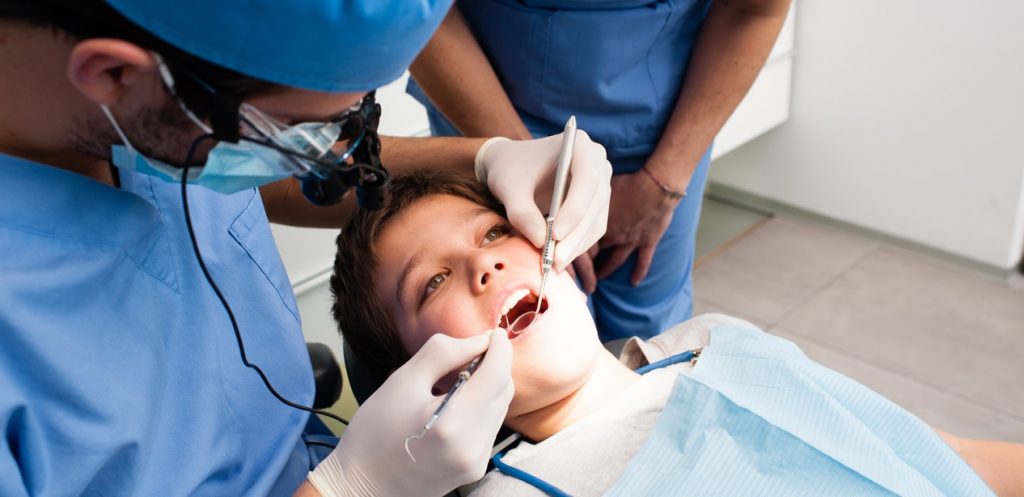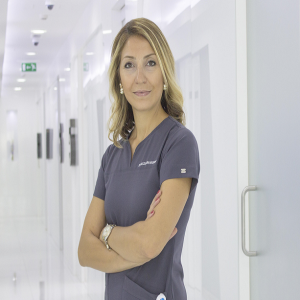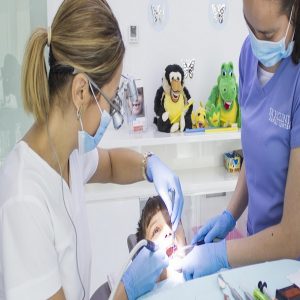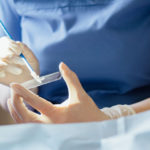Tooth stem cells are special cells found inside baby teeth, a tissue that is called “Dental Pulp”. They are part of “mesenchymal stem cells” that can change into bone, muscle, cartilage, nerve and blood vessels. Banking Stem cells can be collected from baby teeth as they naturally loosen, from wisdom teeth being extracted, or from teeth extracted for orthodontic reasons.
Some advantages of collecting tooth stem cells are:
-They are plentiful and less invasive to collect. Unlike harvesting bone marrow stem cells which requires surgery and cord blood stem cells which are only available at birth. Collect dental stem cells from your baby’s teeth and wisdom teeth which would otherwise be discarded.
– Dental stem cells are highly proliferative, growing better in culture than many other types of adult stem cells.
– Reports show that stem cells are more immature than other sources of mesenchymal stem cells, thus may offer greater potential.
-Dental stem cells are adult stem cells and are not the subject of the same ethical concerns as embryonic stem cells.
Learn more on Dental Care For Your New Baby
Today, stem cells can help in treating blood disorders and tissue regeneration. Dental pulp contains mostly mesenchymal stem cells while cord blood consists predominantly of hematopoietic stem cells; bone marrow contains both types of stem cells. So, even if you banked your child’s cord blood cells, there are still significant potential benefits if you bank his or her dental stem cells as well.
And if you missed the chance to store cord blood, you may want to consider the range of potential applications that may be possible with stem cells from your child’s teeth – either baby teeth or wisdom teeth.
Scientists are still learning which source of stem cells will work best for the different possible clinical applications. Many families bank both cord blood and dental stem cells because dental stem cells will likely be useful for generating tissues that cord blood may not be as well suited for. Cord blood stem cells are typically used to treat blood cancers and genetic diseases of the blood, whereas dental stem cells appear to be suited to such applications as bone, neurons, muscle, and cartilage.








